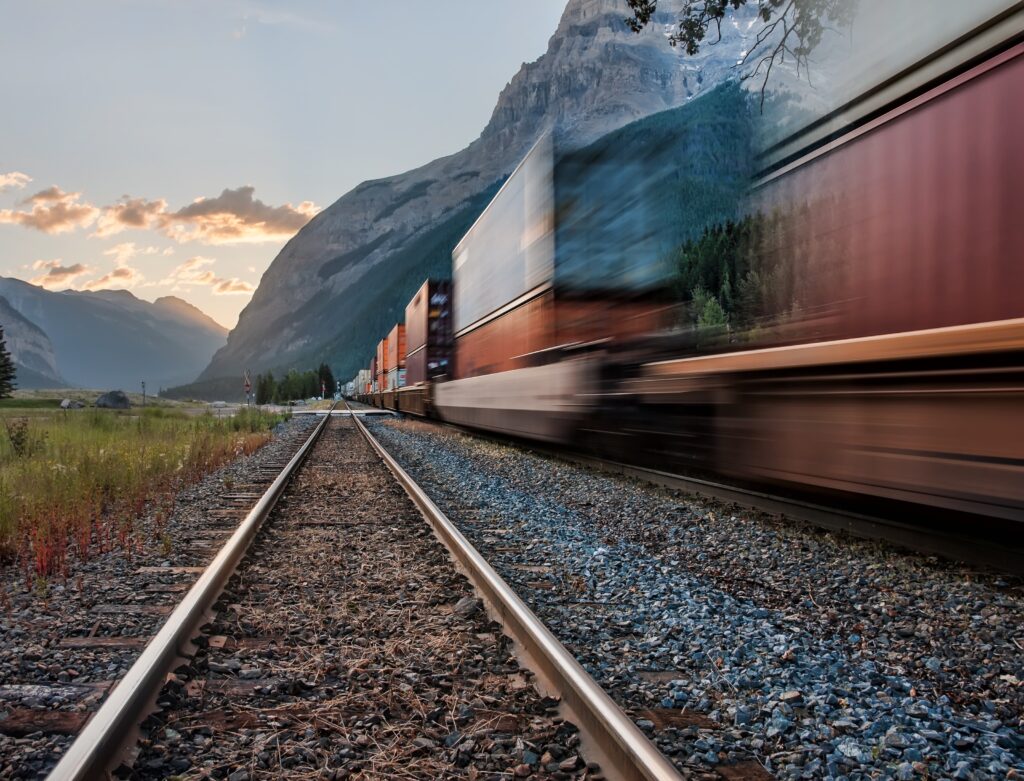In June, the World Congress on Railway Research will bring together global rail professionals and provide an opportunity to share science-based solutions to improving rail freight. Demand for transportation of goods by train continues to rise across the globe, and experts from the USA and Europe all agree that the development and application of new technology is key to the rail industry’s ability to meet this growing demand. Innovative research is now leading to the further testing of faster, high-speed trains, the implementation of automated safety features, and the decarbonization of rail to meet ambitious net zero targets.
Further Automation Improves Safety Levels
Rail freight is already one of the safest ways to transport goods in the US. When moving hazmat, 90% fewer accidents occur on the railways than when it is carried by trucks on the road. Still, one of the primary areas for improvement of the railroads is safety, and several different measures have been tested and introduced in order to further minimize accidents and safety failures. One such measure is Positive Train Control, a technology that instigates automatic braking in order to avoid collisions, comply with speed restrictions and protect workers on the line. Increasing the use of automation takes away the risk of human error and Automation not only speeds up manual operations but can also take away the risk of human error.
Innovative Systems to Decarbonise Rail
Reducing the environmental impact is another priority for train and railroad development. As more electric vehicles hit the roads, some of the largest railroad companies in the US are investigating the possibility of using large batteries to power locomotives in order to significantly reduce greenhouse gas emissions by 2030. To help meet targets for net zero in the UK, a rail freight terminal in Nottingham has become the first in the country to use a new mobile overhead electrification system. The system can be moved in order to allow the loading of locomotives from above once they are in place. This could mean that electrified routes have no need for diesel at any stage of transportation.
Increasing Freight Train Speed
Although bullet trains in China are currently powered by both internal combustion and electric engines, more fully electrified railways are now being introduced. In the meantime, in December 2020 China set a new record for the fastest freight train in the world. While high-speed trains have previously been focused on passenger travel, 85% of the bullet train can be used for cargo. Designed to reduce running resistance, the train has the potential to carry goods at a speed of 350kmph, covering 1500km in just 5 hours. To improve efficiency, it is also equipped with wider doors for easier loading and unloading, and can cope with extreme changes in temperature as it travels long distances through different environments.
Rail freight systems around the world are increasingly using innovative technology to enhance every aspect of rail transport. Improving the safety, speed and sustainability of freight trains will help individual countries to meet the demand for more transportation of goods by rail.
Author: Jennifer Henry
